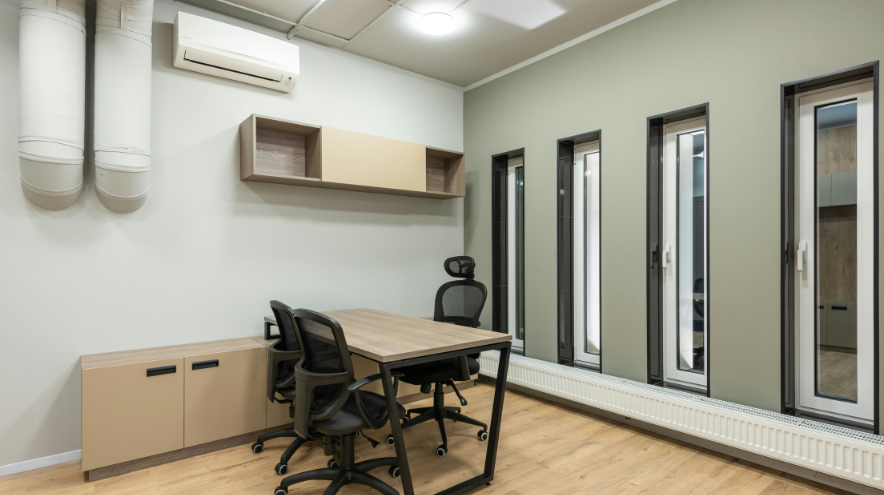Personal Development Plan for Long-Term Success

A Personal Development Plan (PDP) is a strategic framework that outlines an individual’s goals, strengths, and areas for improvement. It serves as a roadmap for personal and professional growth. By developing a PDP, individuals can chart a clear path towards long-term success, ensuring progress and achievement.
“A well-structured plan is the cornerstone of personal and professional achievement.”
This article will guide you through setting clear goals, assessing current skills, developing a strategic plan, monitoring progress, and staying motivated.
Setting Clear and Achievable Goals
One of the foundational steps in building a Personal Development Plan is setting clear and achievable goals. The SMART criteria—Specific, Measurable, Achievable, Relevant, and Time-bound—provides a framework to ensure your goals are well-defined and attainable. By adhering to these principles, goals become more structured and easier to track.
Understanding the difference between long-term and short-term objectives is also crucial. Short-term goals serve as stepping stones, leading to the accomplishment of broader, long-term aspirations. Here’s a quick comparison:
| Long-Term Goals | Short-Term Goals |
|---|---|
| Spanning a year or more | Achievable within weeks or months |
| Broad in scope | Narrow and focused |
| Require sustained effort | Enable quick wins |
For example, a long-term goal might be to become a project manager within three years, whereas a short-term goal could be to complete a project management certification in the next six months. Setting these examples effectively illustrates how each contributes to the overarching vision, providing clarity and direction on your personal development journey.
Assessing Current Skills and Competencies
Before embarking on a personal development journey, it’s essential to assess your current skills and competencies. This step provides a clear understanding of where you stand and what areas need focus. Self-assessment methods can include:
Reflective journaling to analyze past experiences and outcomes.
Skills inventory checklists to evaluate proficiency in various areas.
Online assessments and quizzes that offer insights into personal strengths and weaknesses.
Identifying your strengths allows you to leverage them effectively in your development plan, while recognizing areas for improvement helps in targeting efforts where they are most needed. A balanced view of both aspects ensures a comprehensive approach to growth.
“Feedback from peers and mentors is invaluable in gaining a well-rounded perspective.” Engaging with colleagues and mentors can provide constructive criticism and highlight blind spots you might not see on your own. Their insights can guide you in aligning your development goals with industry standards and expectations.
By integrating self-assessment with external feedback, you can create a more accurate and actionable personal development plan, setting the stage for meaningful growth and long-term success.
Developing a Strategic Plan

Once you have assessed your skills and set clear goals, the next step is to develop a strategic plan to achieve them. This involves creating a detailed roadmap that guides your personal development journey.
Creating an Action Plan
An action plan outlines the specific steps needed to reach your goals. Break down each goal into smaller, manageable tasks. This makes the process less daunting and provides a clear path forward. Ensure each task is aligned with your overarching objectives.
Prioritizing Tasks and Allocating Resources
Prioritization is key to effective planning. Focus on tasks that offer the most significant impact:
Identify urgent and important tasks first.
Balance short-term needs with long-term goals.
Allocate resources, such as time and tools, efficiently.
Setting Timelines for Milestones
Establish realistic timelines for achieving milestones. This helps maintain momentum and keeps you accountable. Set specific deadlines for each task and regularly review progress. Adjust timelines as needed to accommodate changes and ensure steady advancement.
By developing a strategic plan, you can navigate your personal development journey with clarity and confidence, setting the stage for long-term success.
Monitoring Progress and Making Adjustments
A crucial component of a successful personal development plan is the regular review of your progress. Consistent evaluations allow you to measure how far you’ve come and identify areas needing adjustment. By setting aside time for periodic reviews, you ensure that your efforts remain aligned with your goals.
Adaptability is essential in the journey of personal growth. As you gather feedback and observe results, be open to making necessary changes to your plan. Flexibility enables you to respond effectively to unexpected challenges and opportunities, ensuring continuous improvement.
To efficiently track progress, consider utilizing various tools and techniques. Here are some effective options:
Goal-tracking apps like Trello or Asana for task management.
Journals for personal reflections and insights.
Data-driven platforms for quantitative analysis of achievements.
By regularly monitoring progress and making informed adjustments, you stay on the path to success, ensuring that your personal development plan remains a dynamic and effective tool for long-term achievement.
Staying Motivated and Committed
Embarking on a personal development journey can be challenging, with obstacles and setbacks often arising along the way. It’s crucial to view these challenges as opportunities for growth rather than failures. Developing resilience by embracing a positive mindset and learning from each experience can help you navigate these hurdles effectively. Remember, setbacks are not the end of the road; they are stepping stones to success.
Celebrating achievements, no matter how small, plays a vital role in maintaining motivation. Here are some ways to acknowledge your progress:
Share your success with friends and family to boost morale.
Treat yourself to something special as a reward.
Reflect on your accomplishments in a journal to reinforce positivity.
Moreover, seeking support and accountability can significantly enhance your commitment. Engage with mentors, peers, or support groups who can provide guidance and encouragement. Having someone to share your journey with can make a world of difference in staying focused and committed to your personal development plan.
Frequently Asked Questions
Q: What are common concerns about personal development plans (PDPs)?
A: Many people worry about the time commitment required for a PDP, fearing it might be overwhelming. Others are concerned about setting unrealistic goals or not knowing where to start. Addressing these concerns involves creating a realistic timeline and starting with small, achievable goals.
Q: How do I clarify the PDP process?
A: The PDP process begins with self-assessment to identify strengths and areas for improvement. Next, set SMART goals and develop a strategic action plan. Regularly monitor progress and adjust the plan as needed. Understanding this framework can demystify the process and make it more accessible.
Q: What advice would you give to beginners creating a PDP?
A: Start simple. Focus on one or two areas you want to improve. Use tools like journals or digital planners to keep track of your goals and progress. Seek guidance from mentors or peers who can provide valuable feedback and support. Remember, consistency is key to long-term success.
Ensuring clarity and addressing concerns can pave the way for a successful personal development journey. With these insights, you’re well-equipped to create a PDP that works for you.
https://fiscalfitnessflow.com/index.php/2024/08/30/how-to-build-generational-wealth/
https://focusofwellness.com/index.php/2025/08/12/next-gen-employee-wellness-mental-health-and-financial-education/
Conclusion
Crafting a personal development plan (PDP) involves setting clear goals, assessing your skills, and developing a strategic action plan. Monitoring progress and maintaining motivation are essential for long-term success. A PDP not only guides your professional growth but also enhances personal fulfillment. Start your PDP today to unlock your potential and pave the way for sustainable success. Embrace the process, and watch your aspirations transform into achievements.






